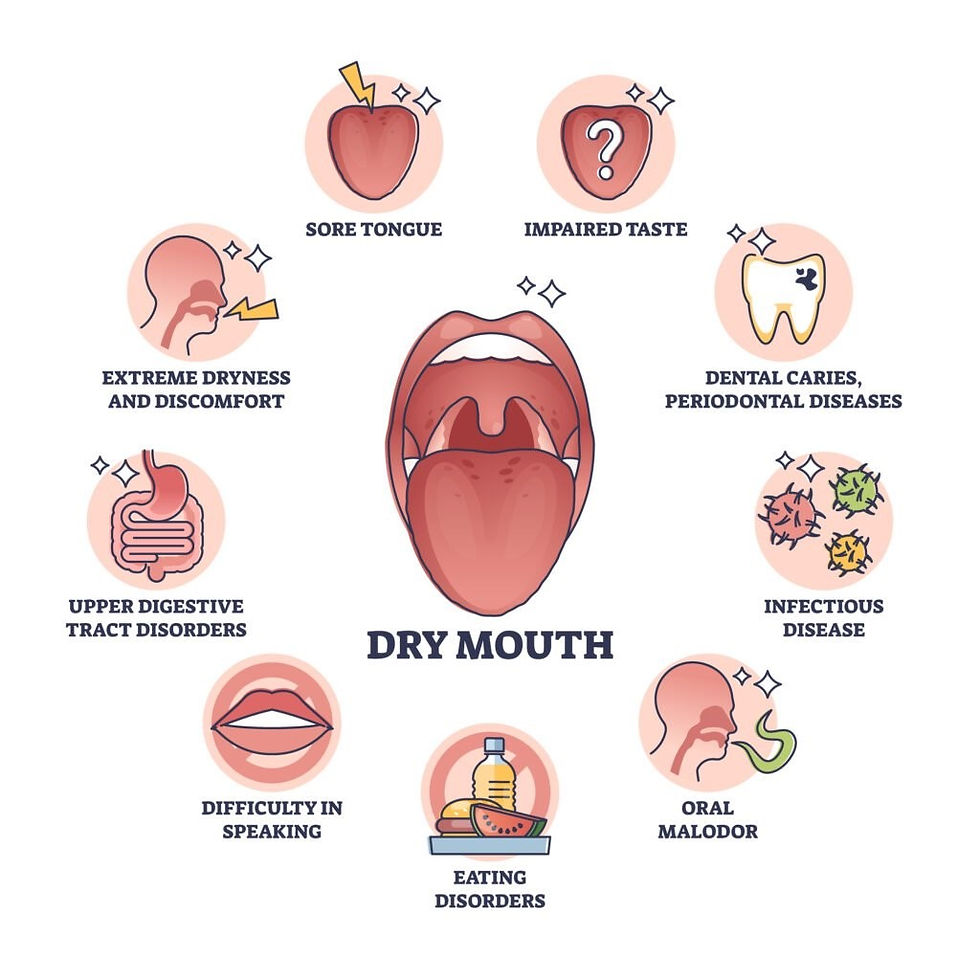Polycystic Ovarian Syndrome and Exercise
- Annika Singh
- Dec 31, 2023
- 3 min read

Polycystic Ovarian Syndrome (PCOS) is a hormonal disorder that affects around 1 in 10 people assigned female at birth (AFAB). The common solution is the prescription of birth control or a variety of other medications to manage symptoms on a smaller level, but there is still no comprehensive cure. A diagnosis can often be confusing and stunning, being told that it may not be possible to have children, hearing the long list of unpleasant symptoms, health risks, and lifestyle changes that will have to be considered throughout the entirety of the patient’s life. Diet and exercise have been successful in cases with alleviating symptoms and increasing healthy ovulation in PCOS patients, and provide an option for some people that does not require additional medicine.
What is PCOS?
Many of the symptoms associated with PCOS can be connected to high levels of androgenic hormones such as testosterone and androstenedione, low estrogen levels, and low levels of follicle stimulating hormone (FSH). FSH helps to metabolize the androgenic hormones into estrogen and is also extremely important to the reproductive cycle. It “is responsible for the physical changes of puberty… [it] stimulates follicles on the ovary to grow and prepare the eggs for ovulation. As the follicles increase in size, they begin to release estrogen and a low level of progesterone into your blood,” (Cleveland Clinic). When the release of FSH is decreased, the communication to the ovaries telling them to prepare for ovulation is also decreased, which can throw off the entire menstruation cycle and result in low fertility. While low FSH is not solely responsible for the symptoms of PCOS, it can lead to symptoms such as fatigue, ovulatory issues, irregular menstruation, hot flashes, and hirsutism (excess growth of hair, often present on the face) which are present as primary symptoms in PCOS as well. In many patients, insulin resistance, hyperinsulinemia (excess of insulin in the blood), and obesity can be observed. In the long term, these symptoms can increase the risk of development of cardiovascular disease or Type 2 diabetes.
Excercise, Infertility, and PCOS
A big concern for many people diagnosed with PCOS is infertility, and the issues that come with low fertility such as the increased risk for early miscarriage and late obstetric complications. Something that has proved successful in increasing fertility is the management of weight and diet. 35% to 60% of people with PCOS suffer from obesity, and it has been shown that weight loss as little as 5% of the initial weight can help regulate menstrual cycles, ovulation, and increase the possibility of becoming pregnant. An exploration of five databases for studies showing the effectiveness of exercise therapy in treating PCOS was conducted by a research team, Harrison et. al. The effectiveness was evaluated through a variety of symptoms, all of which fall under the two categories of cardiovascular risk factors and reproductive measures. Unrelated to the type of exercise, length of session, or frequency, all studies used moderate intensity exercise over a time period of 12-24 weeks. Consistently they saw improvements in ovulation, a 9% to 30% reduction in insulin resistance, and 4.5% to 10% decrease in weight. While these results and others cannot definitively declare exactly what type of workout, length of session, or frequency that produce the best results, they do show the positive effect of exercise on the symptoms of Polycystic Ovarian Syndrome.
Works Referenced:
Assessed and Endorsed by the MedReport Medical Review Board






